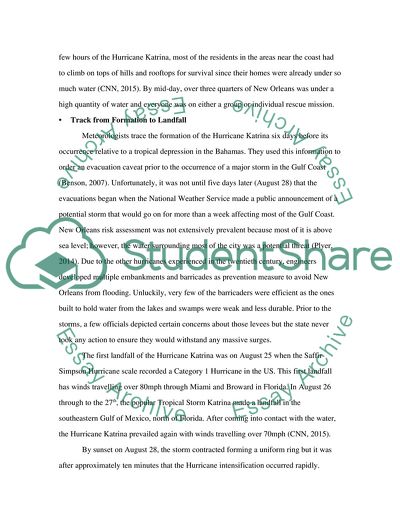Cite this document
(Hurricane Katrina Occurrence Coursework Example | Topics and Well Written Essays - 2000 words, n.d.)
Hurricane Katrina Occurrence Coursework Example | Topics and Well Written Essays - 2000 words. https://studentshare.org/geography/1880767-hurricane-katrina
Hurricane Katrina Occurrence Coursework Example | Topics and Well Written Essays - 2000 words. https://studentshare.org/geography/1880767-hurricane-katrina
(Hurricane Katrina Occurrence Coursework Example | Topics and Well Written Essays - 2000 Words)
Hurricane Katrina Occurrence Coursework Example | Topics and Well Written Essays - 2000 Words. https://studentshare.org/geography/1880767-hurricane-katrina.
Hurricane Katrina Occurrence Coursework Example | Topics and Well Written Essays - 2000 Words. https://studentshare.org/geography/1880767-hurricane-katrina.
“Hurricane Katrina Occurrence Coursework Example | Topics and Well Written Essays - 2000 Words”. https://studentshare.org/geography/1880767-hurricane-katrina.


